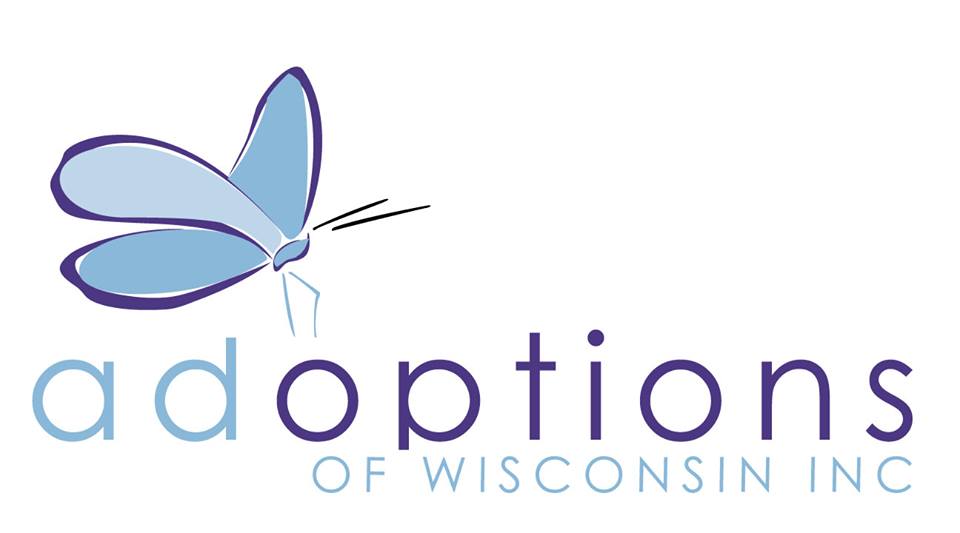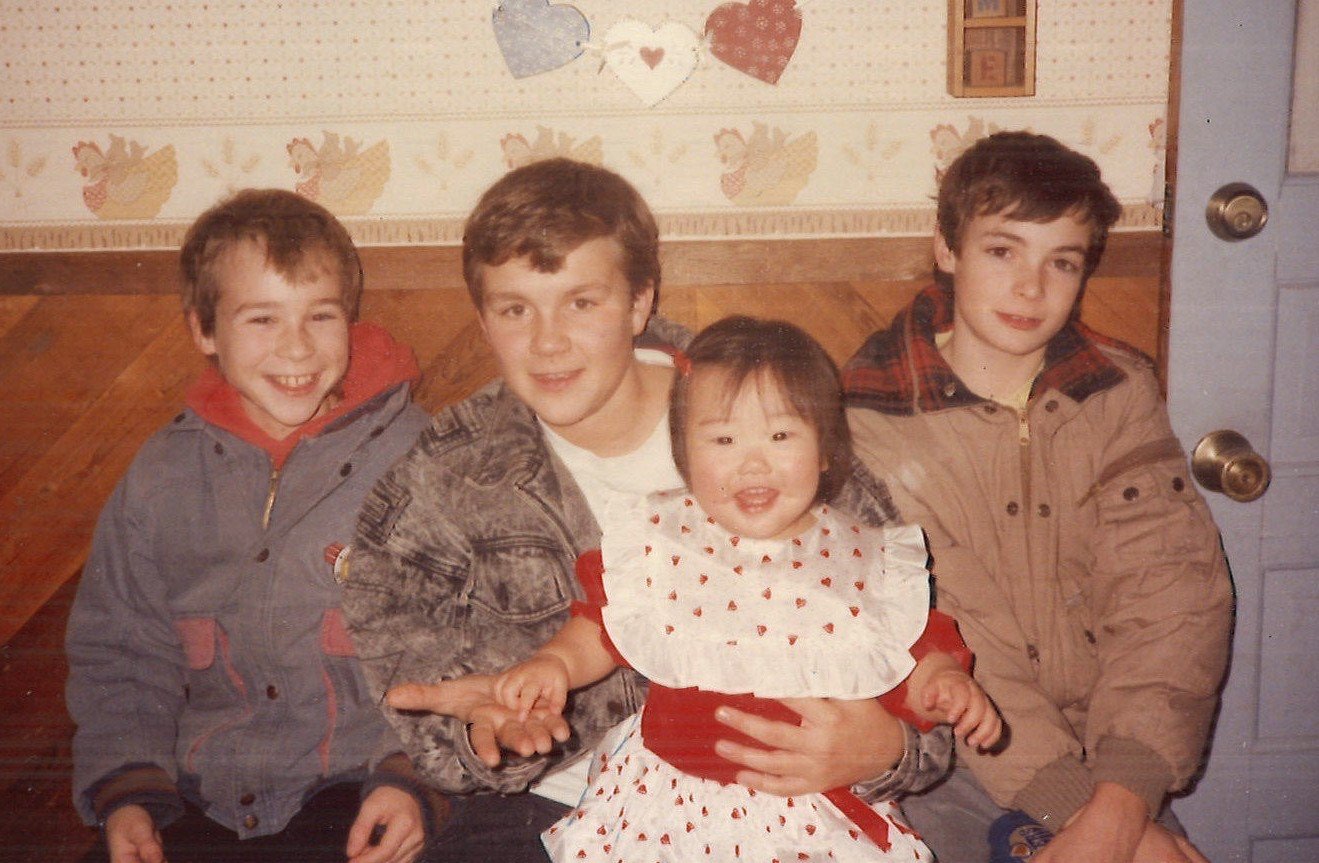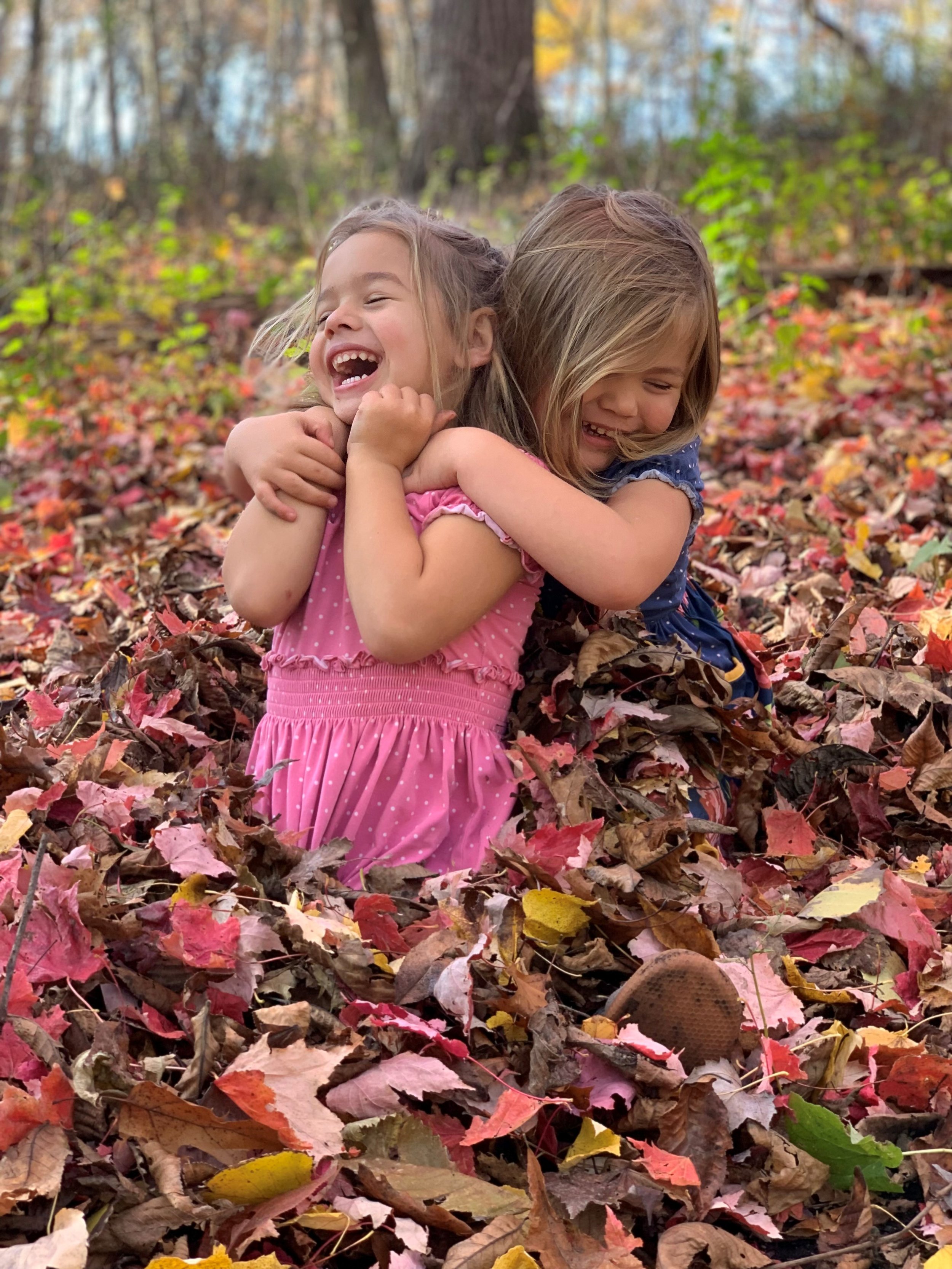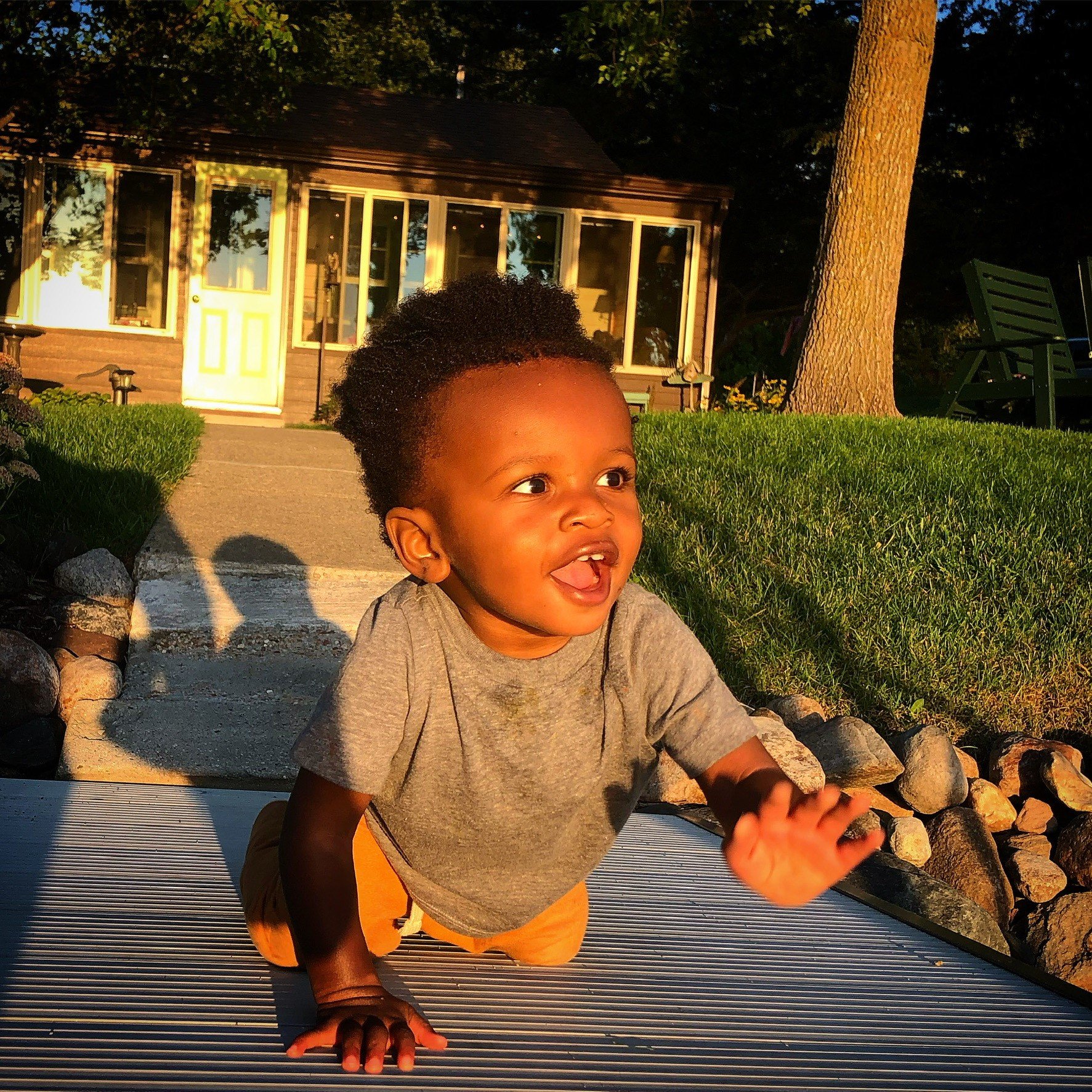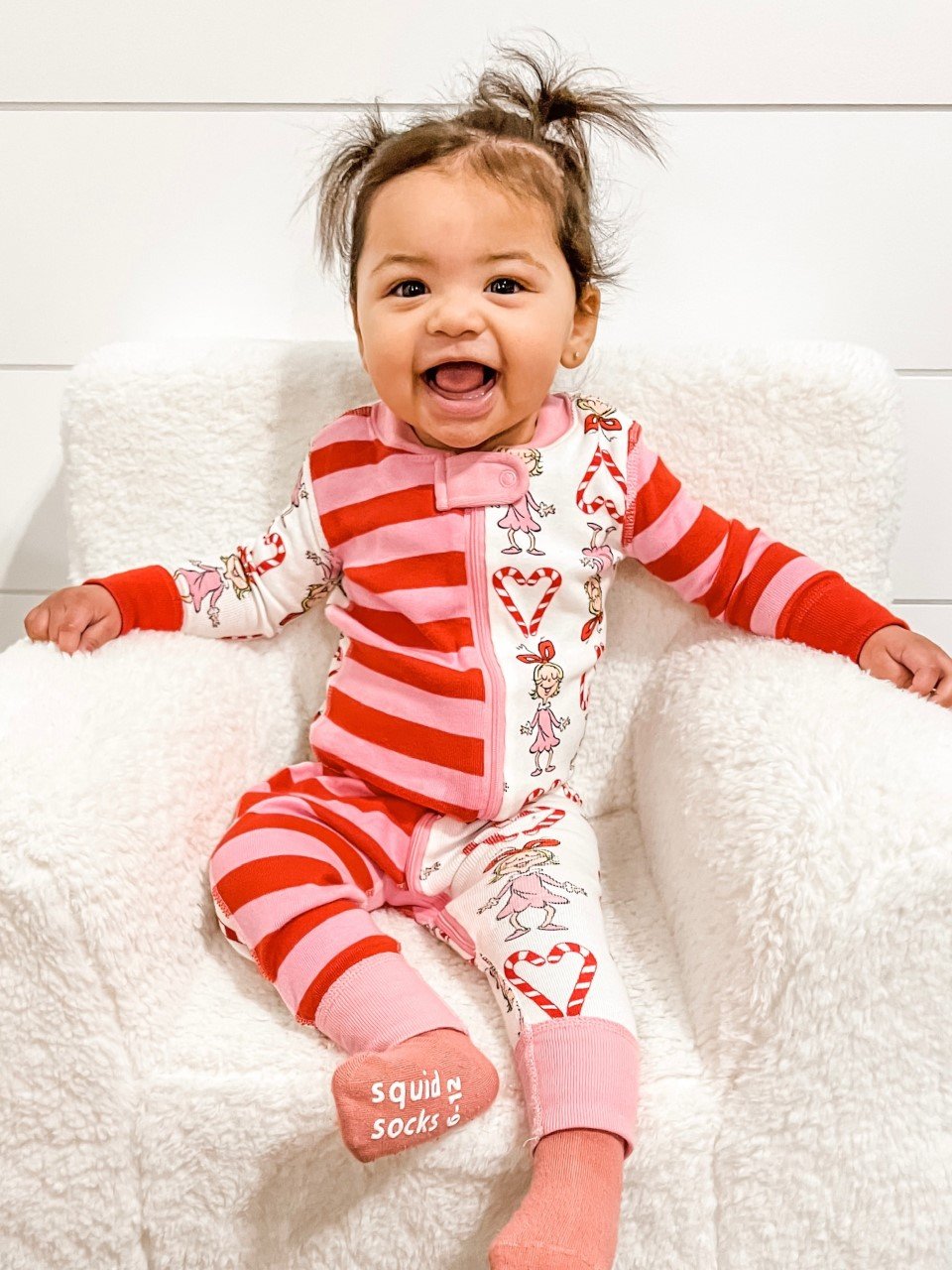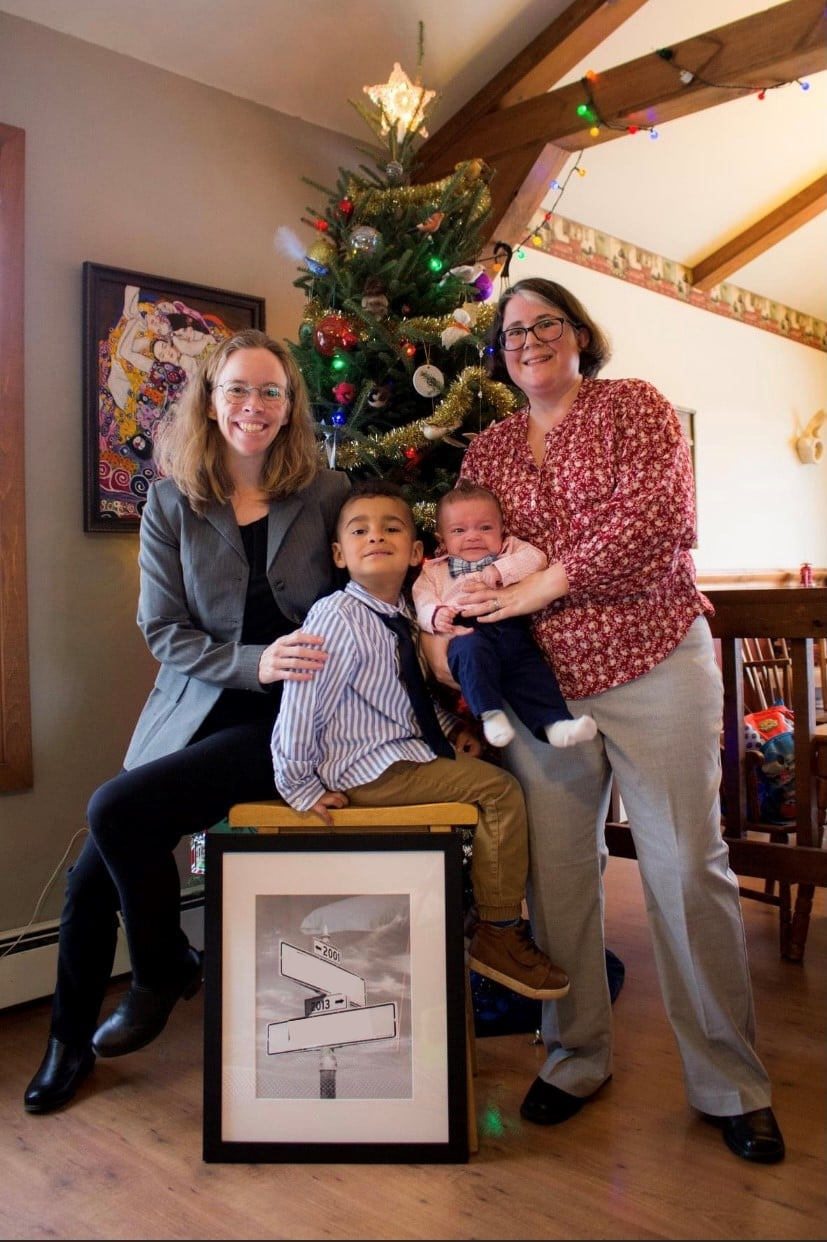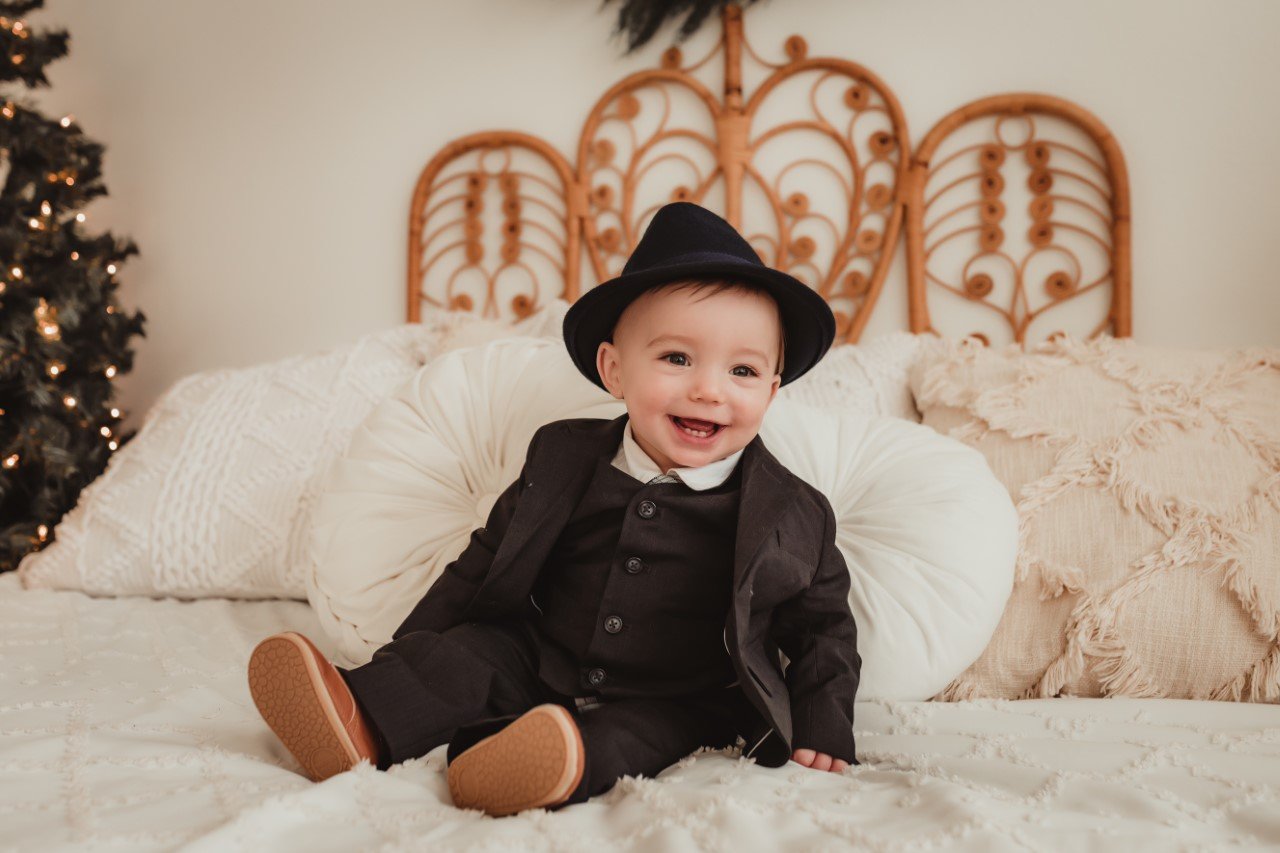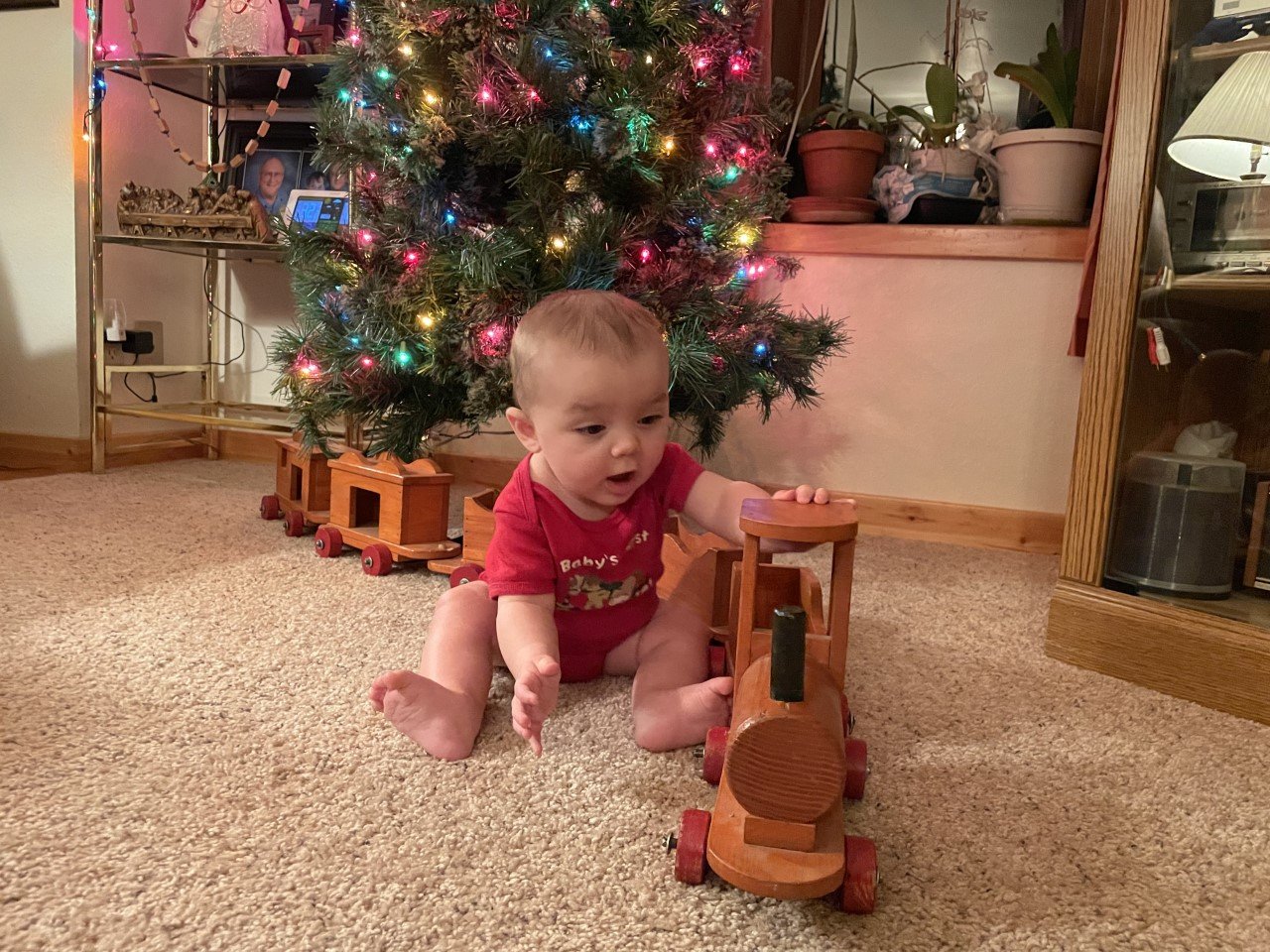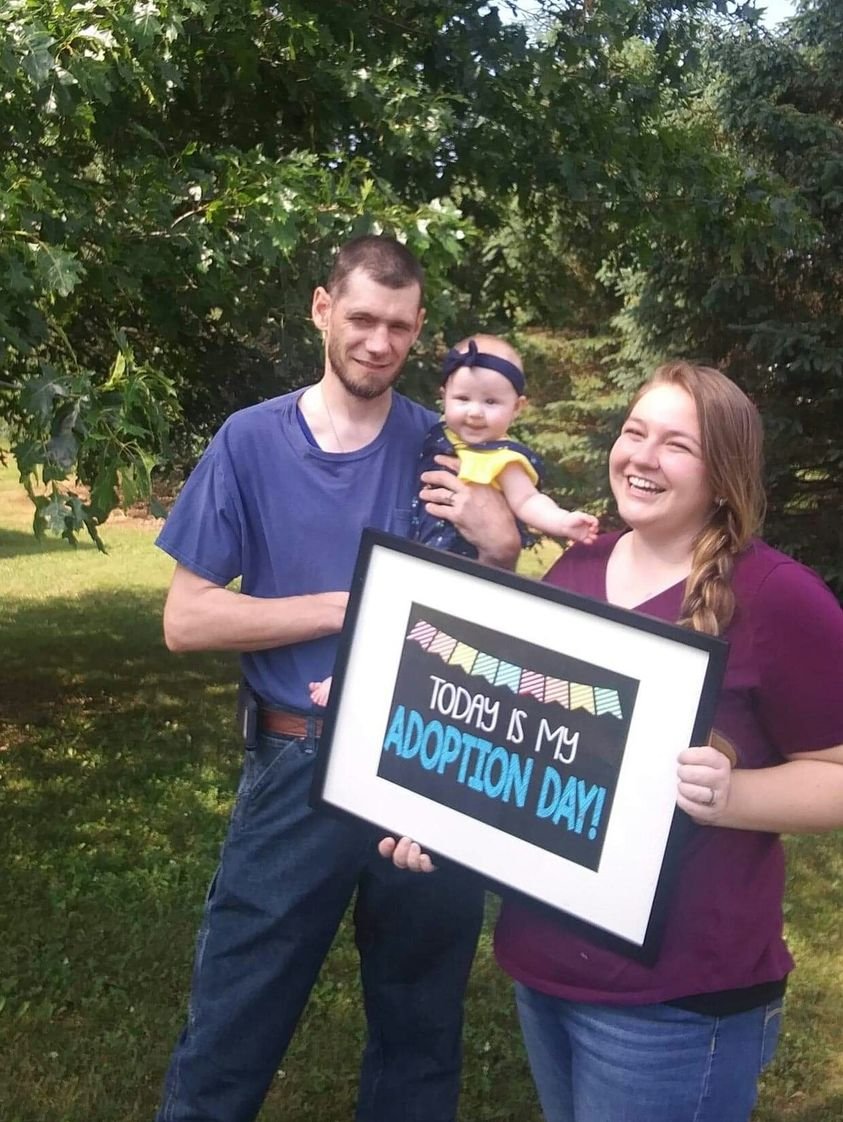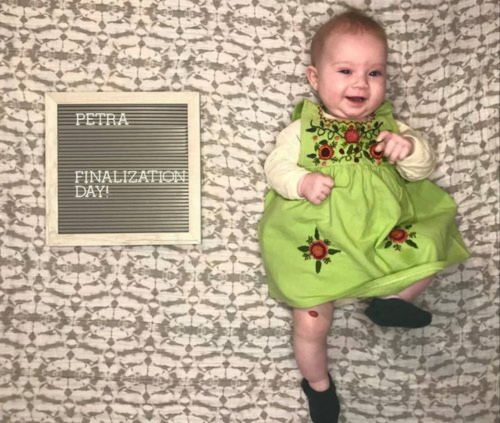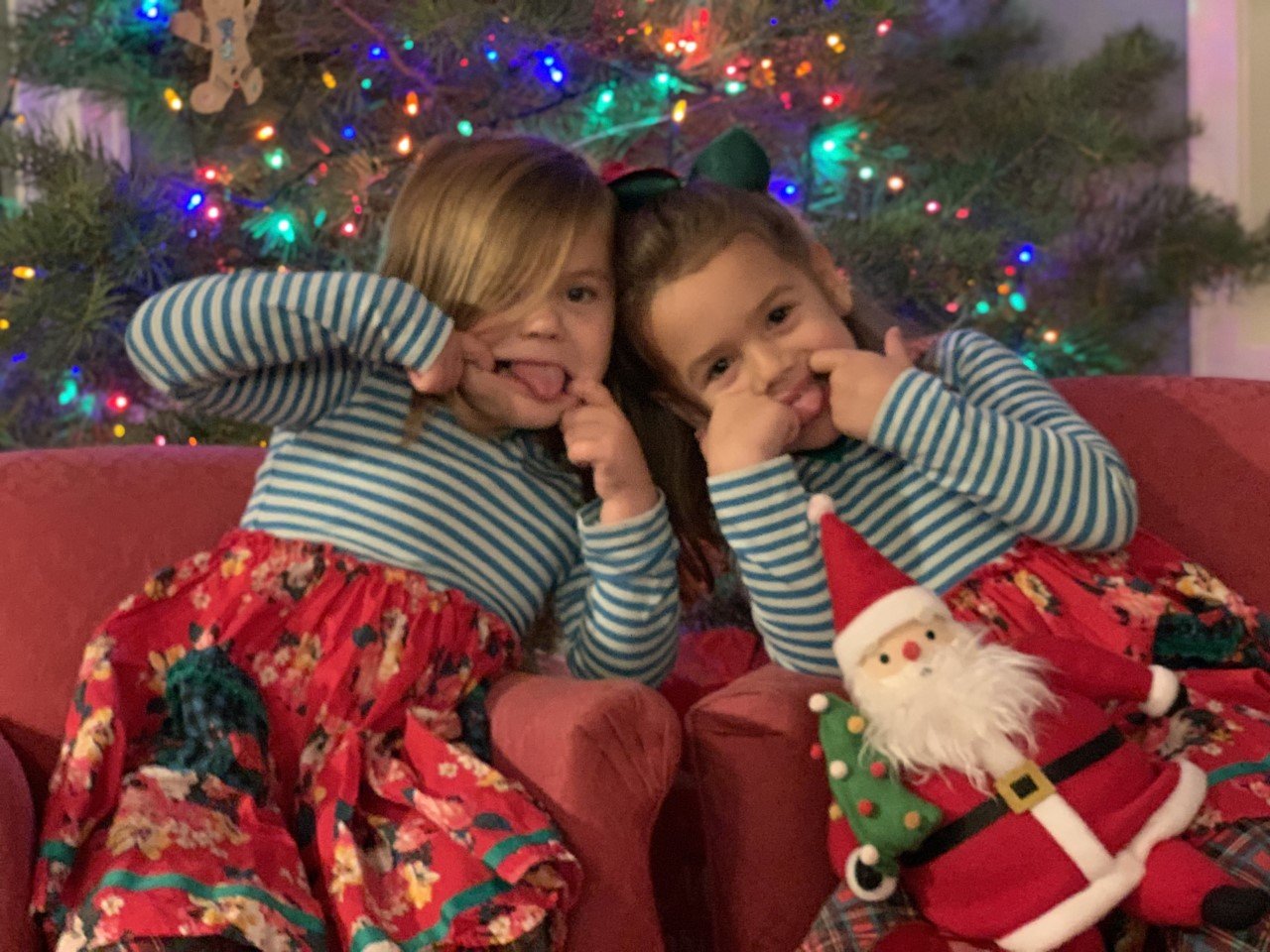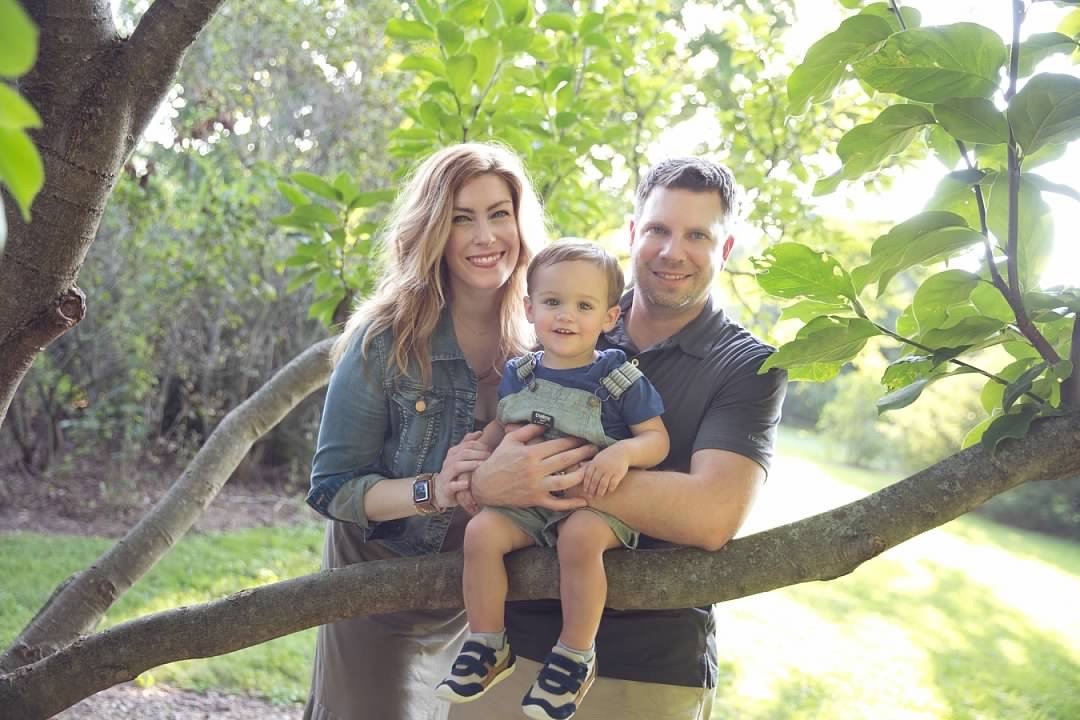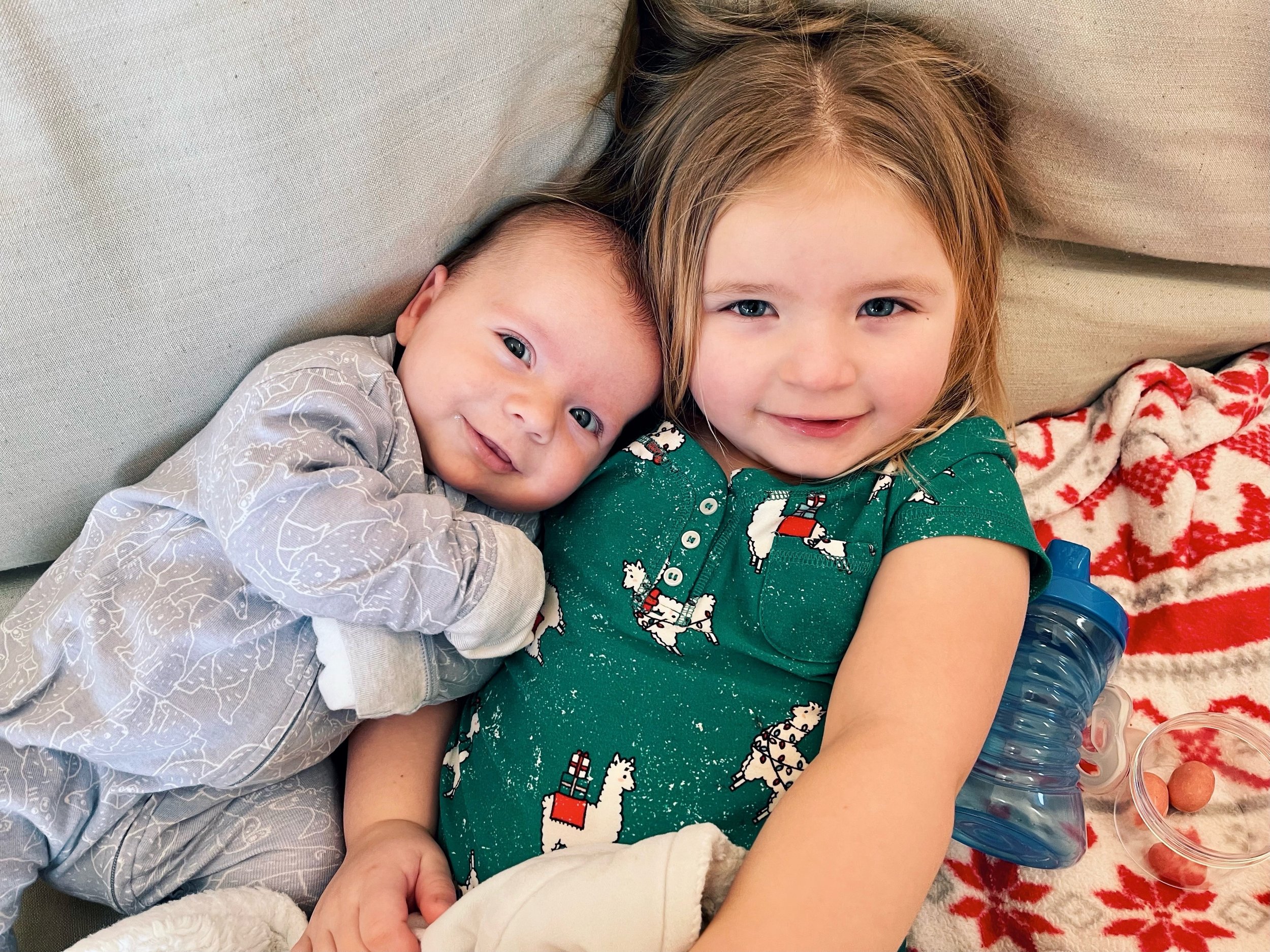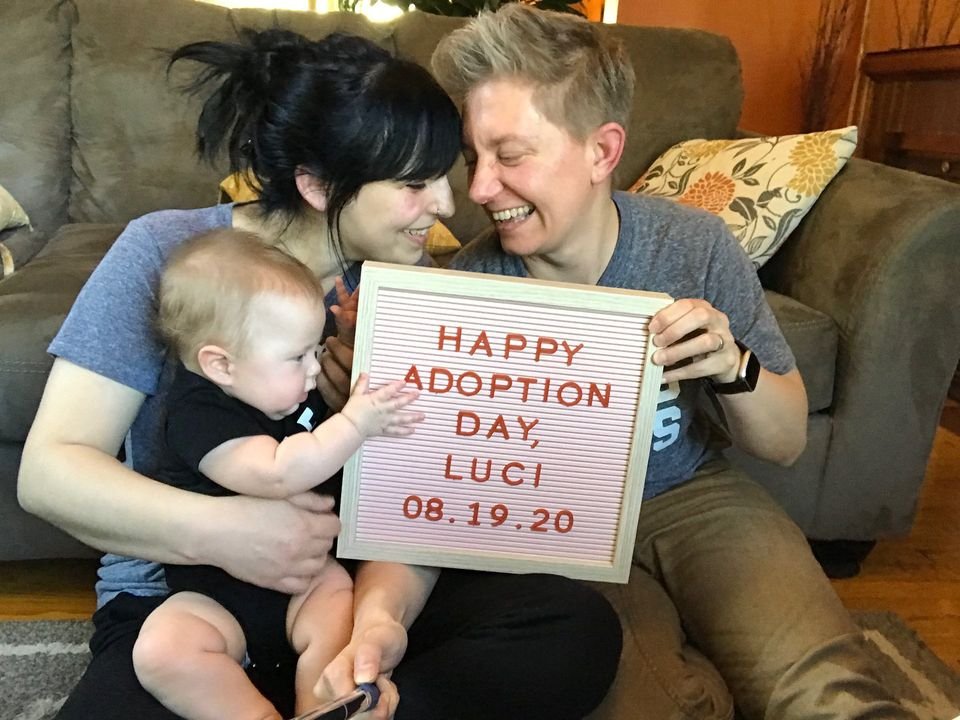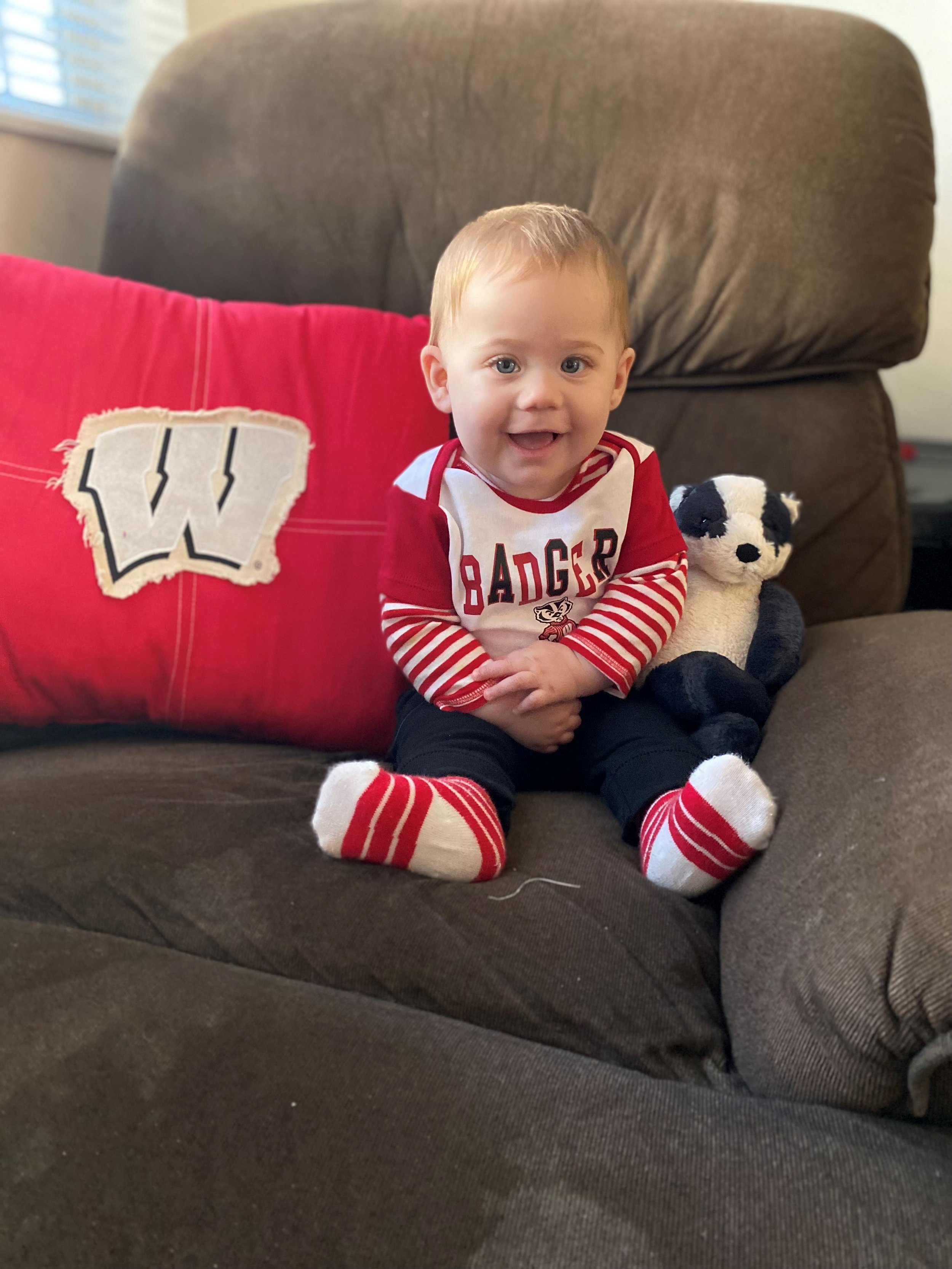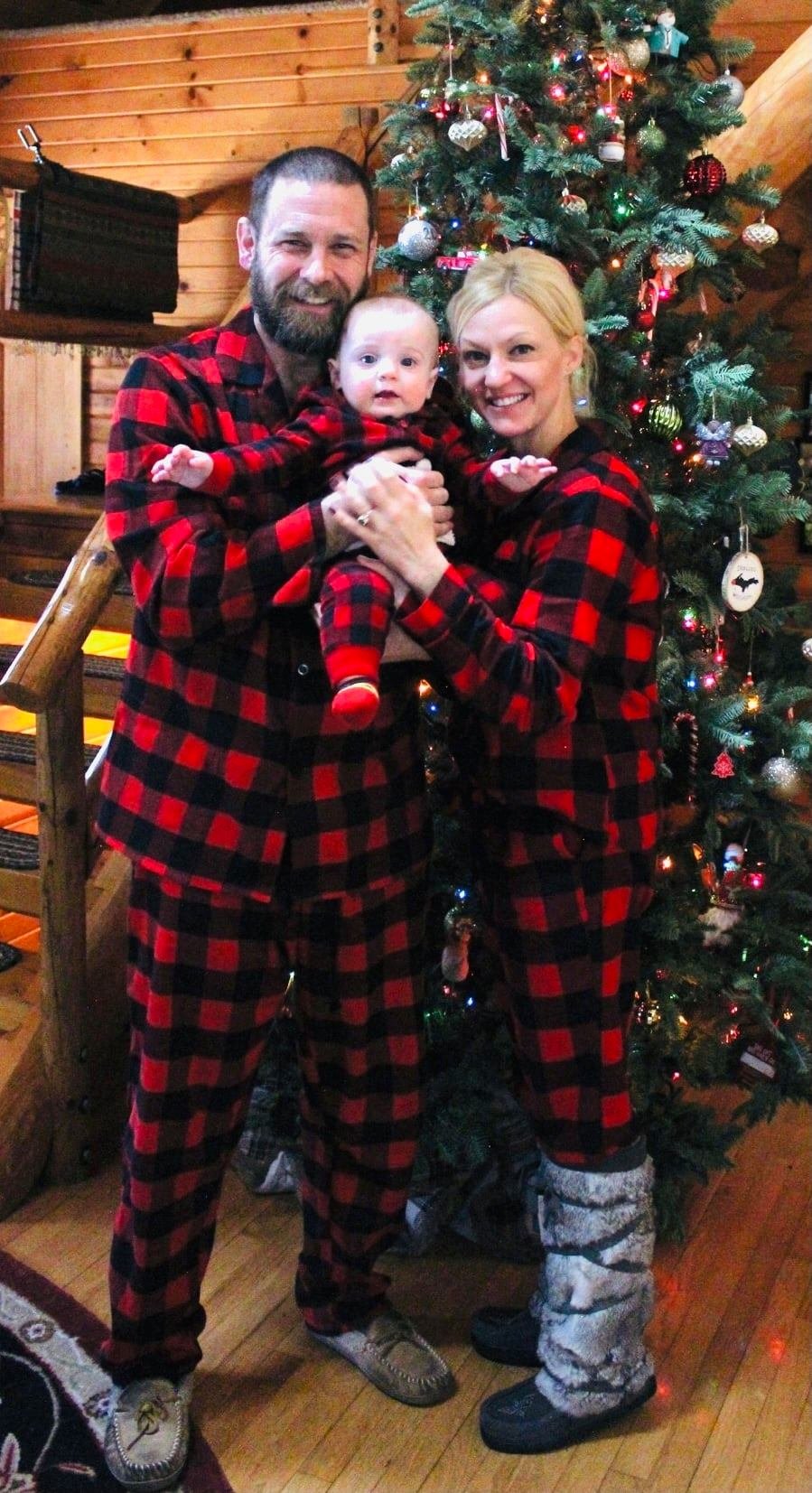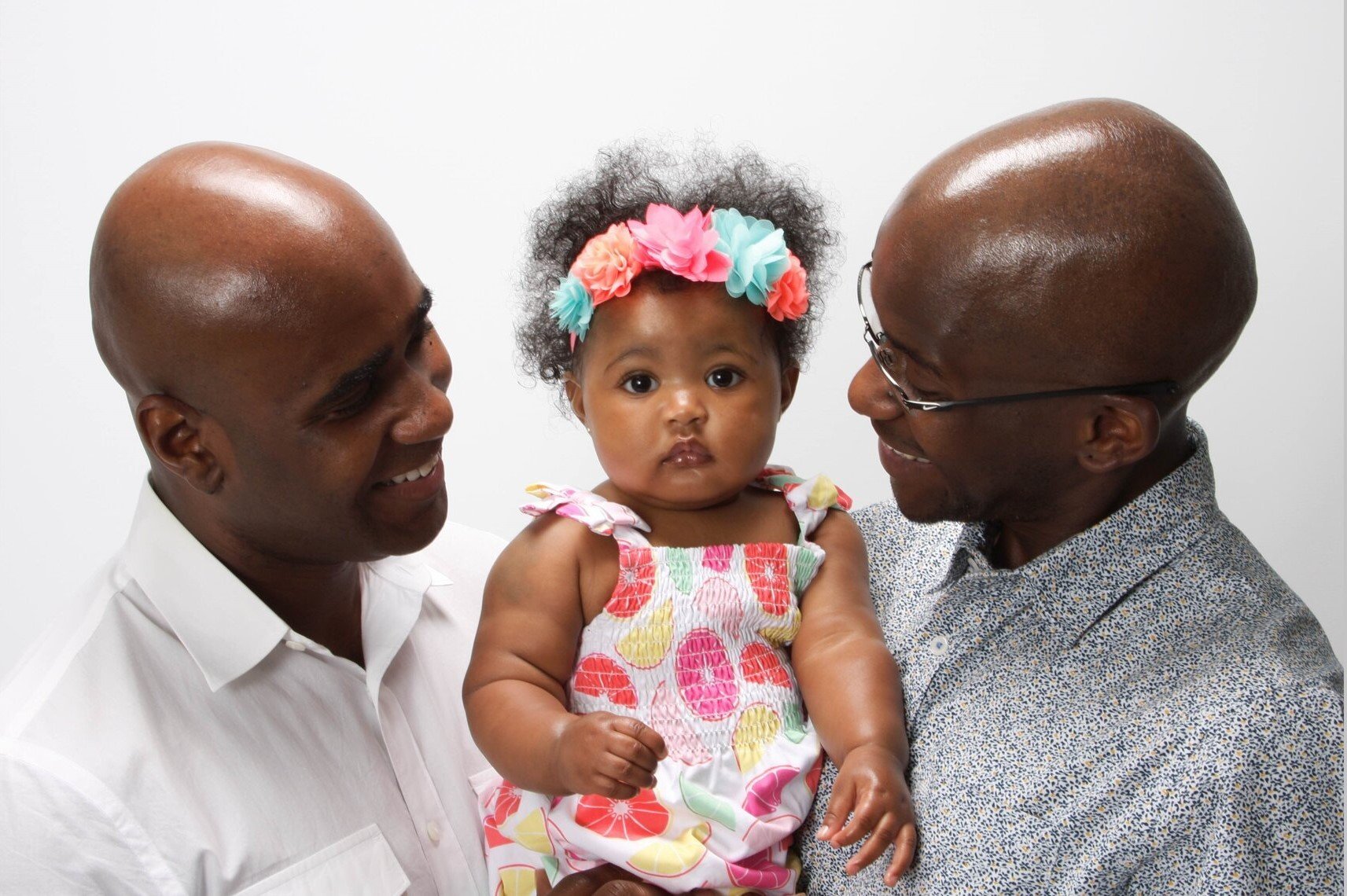What was it like waiting for a placement?
Peter: Not fun!
Katy: It felt like it took forever. We were listed for about two years. Claire had told us that was longer than normal.
Peter: We also got put on the site and registered just as COVID hit. Like a month or two before.
Katy: Yeah, our profile was posted on the website in February of 2020.
What was your mindset like during the wait?
Peter: I believed that we would get matched eventually and understood that it was due to the pandemic that we were waiting so long. We were just starting to switch to going with a national agency because it had been two years and we had only gotten three potential hits.
Katy: For the three, we had met with one birth mother and she picked another couple. Then we were contacted about a baby who was sick, and it became apparent that the baby would be too sick for us to handle. We both thought that that baby deserved somebody who could give that baby the best life possible, and that was not us. Then there was another situation where another couple got picked over us. I was super discouraged.
Peter: We were in the process of going with a national agency when we got a call from AOW about a new potential placement. We were going to the Home Expo show. Katy took the call when I was getting our tickets and when I came back, she was crying.
What would you say was the hardest part of the adoption process if you could point to one thing?
Katy: Waiting, for me. Because we had started trying to have a kid almost seven years ago at this point. So emotionally for me, it wasn’t just that we had been waiting to get matched for two years, it was years of it building up.
Peter: Also, not knowing if we were waiting so long because there were not many birth moms or if we were passed over.
Katy: Like did people just not like us? Those are all the places that your head starts to go to.
What was it like being told that an expectant mother wanted to meet you?
Katy: For me my first impulse was “Oh god is she going to like us? Are we going to get picked?”
Peter: I was not as nervous as Katy because with Torie they told us ahead of time that she liked us. The first time we met a birth mom I was pretty nervous.
Katy: With that first time, part of it was that we never met or talked with a birth mom before so we had no idea how it would go.
What was it like meeting Torie for the first time?
Katy: Claire had sent us an email saying that there was a potential match and gave us the information. Then later, in January, we got a phone call saying that Torie wanted to meet us.
Peter: We had three months to prepare for an incoming baby! The first time we met her was in the Adoptions of Wisconsin office.
Katy: Claire and Lea were there. I was nervous. I was afraid that we were going to meet her and get told no again.
Peter: For me, I was less nervous than when we met with the first birth mom back in 2020 because we had been told that Torie felt drawn to our profile so it seemed like it wasn’t as much that she was choosing between many families but more so seeing if we checked out. Seeing Katy and Torie become so friendly so fast was also a big relief.
Katy: We thought about what we wanted to ask her during the meeting beforehand. Peter kept track of that, and I was just nervous!
After meeting her when did she tell you that she wanted you two to be the parents?
Katy: She kind of told us in that meeting. We didn’t say yes when Torie was in the room during the meeting. Peter and I, it doesn’t matter what kind of decision it is, but we talk to each other privately before we say yes to anything. We basically just looked at each other and went “yes!” Being told that Tori wanted us to parent felt absolutely amazing after waiting for so long.
Peter: And a bit terrifying since it was three months until she was due!
What was it like after Torie told you both that she wanted you to parent and until Grace was born?
Katy: It started out that we would take Torie to her prenatal appointments. In the course of going to these appointments with her, we started to just talk in a more relaxed way instead of being so formal and we got really comfortable with her.
Peter: We visited her family, and she came over to our house and talked with my parents over a phone call, since they live in Florida, and she met Katy’s parents who immediately showed her all the pictures of all of our extended family.
Katy: We also met with Torie’s three boys and her mom and dad. We basically took the time to get to know each other.
How did you decide what kind of adoption plan you wanted?
Peter: We had previously talked about how we wanted a birth mother to have a relationship with us similarly to if they were just like a grandparent. Like they could see the child as often as a grandparent would if they wanted to.
Katy: Like if Torie wants to come and visit Grace and if one of us isn’t absurdly busy, then yes! So after we took Grace home from the hospital Torie would stop by once a week and she would bring breast milk that she had been pumping and hold Grace and get to spend some time with her. That doesn’t happen as often now and part of that is because we are in the less intense baby phase. Torie is now back to work, spending time with her boys, and has now healed physically from giving birth. But Torie and I still talk often, we were just texting this weekend.
Peter: We have an App called Family Album where we share photos of Grace so Torie and all of our extended family can see it.
Katy: Even before we met Torie, we had wanted an adoption with at least some degree of openness. One of Peter’s younger cousins is adopted and has an open adoption plan. Now she is in her 20s and she will go on vacation with her biological sister even though they didn’t grow up in the same house. She still gets to have that relationship with her biological sister which I thought was really important. We have also heard stories about closed adoptions being hard for adoptees because they have so many questions. Even though we were hoping for an open adoption, we were willing to be matched with a birth mom who didn’t want that. What we have with Torie is just fantastic. It is so amazing. We also know that our adoption plan is flexible. If things change in the future like if someone moves or something, we still plan to stay in touch.
Peter: After Grace’s birth her biological brothers came by with Torie to visit.
Katy: At first, they were really shy but then they got comfortable and had lots of fun playing with Peter! Our relationship with Torie has just worked out to be so fantastic. It’s just beautiful.
What was it like meeting Grace for the very first time?
Katy: It was fantastic! And not exactly the way we planned because Grace had her own ideas.
Peter: The doctor was about to give Torie the epidural and then Grace decided to appear right then.
Katy: The original plan was that when the doctors told Torie it was time to push, I would come into the room and be there when Grace was actually born. After they check to make sure everything was okay with Torie and the baby, then Peter would get to come in and cut the cord. Well, Grace did not do any of that according to plan. But it was absolutely magical to get to hold her for the first time. It just felt right. Peter did get to come in the room after they made sure Torie and Grace were okay. The doctors had to cut the cord first for medical reasons, but there was still a tail, so Peter got to trim it. Then when they did the footprints, we had a canvass as well and got her footprints put on there. Then when her biological brothers came over to meet her, we put their thumbprints on the canvas with their names, so she’ll have that too.
Do you have any advice that you’d give waiting families?
Katy: Waiting was incredibly, incredibly difficult. But if we would have gotten matched before we wouldn’t have the amazing relationship that we have with Torie now.
Peter: You have to be willing to take risks and put yourself out there. Be willing to be flexible with what your idealized adoption plan is.
Katy: And realize that you can’t control everything. In adoption, or parenting in general, you build up an idealized picture of what it is going to be like, but I learned that you need to let go a little. This isn’t exactly what I pictured but I wouldn’t change anything.
Peter: I would also say be willing to learn and explore as well.
What do you want the world to know about adoption?
Katy: Adoption doesn’t have to be an end. It can be a beginning of a new phase. Specifically for an open adoption, it doesn’t have to be the end of the story between a birth mother and a child. Historically, it really has been that way and it has done a lot of damage. So I want people to know that it can be positive, it doesn’t have to be the end, it can be new beginnings if you want to make it that way.
Peter: Also, birth mothers are not placing their children because they don’t care about the baby. They want what is best for the baby.
Katy: Yeah, it seems like there is a lot of stigma around being a birth mother and I think that is so deeply unfair to birth moms. They are making a choice that they feel is the best for the child they’re having. I think it is really unfair when other people make harsh judgments about that.
What are three words to describe your experience with adoption?
Peter: Boredom with terrifying beauty at the end.
Katy: Boredom because you spend so much time waiting and preparing and then terrifying beauty because the birth of the child and matching with Torie was beautiful but also terrifying because you are responsible for that tiny life now and she is totally dependent on you! I agree with Peter, but I would say beautiful, work, and worth it.
Is there anything that you’d like to share that we haven’t covered yet?
Katy: I just want to say how awesome Torie is. Torie and I really hit it off and I think it will be to Grace’s eternal benefit. When we met Torie, it was so clear that she was trying to do the absolute best for Grace. She was doing everything in her power to do that.
Peter: And that Adoptions of Wisconsin really helped us throughout the whole process.
